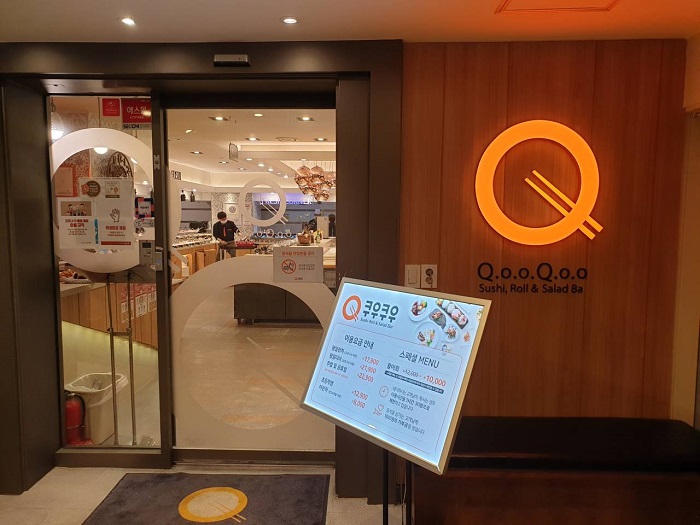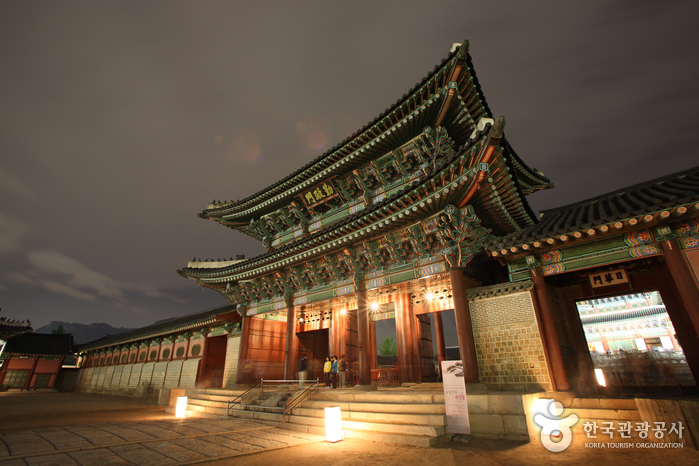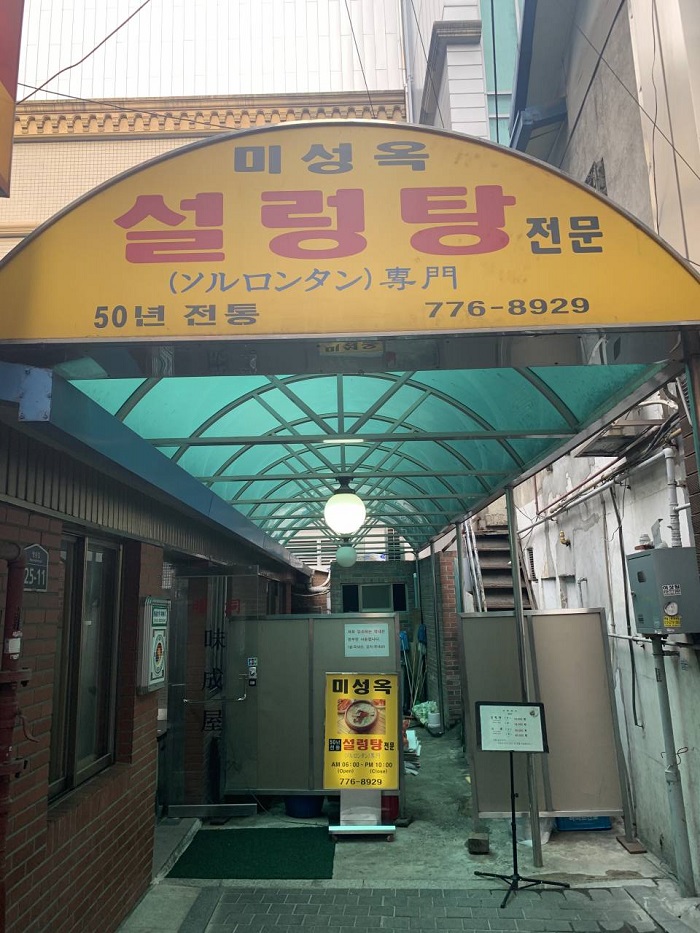Dalgaebi (달개비)
1.2Km 2024-03-15
16 Sejong-daero 19-gil, Jung-gu, Seoul
+82-82-2-765-2035, 2068
Dalgaebi is a restaurant specializing in Korean table d'hote, using fresh seasonal ingredients. Its flagship menu is the teukseon sangcharim jeongsik (special set menu), which includes porridge, seasonal dishes, main courses, and desserts. The galbi sangcharim (galbi course), featuring premium Korean beef galbi grilled over charcoal and served with soybean paste jjigae, is also popular. Known for its private dining spaces and upscale ambiance, reservations can be made via phone.
Kuukuu Myeong-dong(쿠우쿠우 명동)
1.2Km 2020-11-25
55 Myeongdong-gil Jung-gu Seoul
+82-2-753-1230
This is a place that sells a variety of sushi and salads. The best menu at this restaurant is sushi. This Japanese (cuisine) restaurant is located in Jung-gu, Seoul.
Gyeongbokgung Palace Special Evening Admission (경복궁 야간 특별관람)
1.2Km 2022-03-24
161, Sajik-ro, Jongno-gu, Seoul
• 1330 Travel Hotline: +82-2-1330 (Korean, English, Japanese, Chinese) • For more info: +82-2-3700-3900~1
The special evening admission to Gyeongbokgung Palace takes place for a limited time every year. Visitors can purchase tickets for this special evening program online.
Hwangudan Altar (환구단)
1.2Km 2020-05-07
112, Sogong-ro, Jung-gu, Seoul
+82-2-3396-5842
Hwangudan Altar, also called Hwandan Altar, refers to an altar complex for the rite of heaven. The rites were first performed in the Goryeo dynasty by King Seongjong in the first month of 983 (2nd year of his reign), but was repeatedly adopted and abolished, and eventually stopped at the start of the Joseon dynasty.
Then in 1456 (2nd year of King Sejo), the practice was temporarily standardized and the rites were performed at Hwangudan Altar again in 1457. However, rites were again abolished in 1464 (10th year of King Sejo). It wasn’t until 1897 (34th year of King Gojong) when the Joseon dynasty was renamed as the Korean Empire and King Gojong ascended to emperor, that the rite was revived.
Now, Hwangungu Shrine and three stone drums stand at the location of the former altar complex. The three stone drums symbolize the instruments used for the rites. The shrine was completed in 1899, two years after the altar was started in 1897. Today, the Hwangungu Shrine still stands within the hotel grounds of the Westin Chosun Hotel.
Miseongok (미성옥)
1.2Km 2021-03-25
25-11, Myeongdong-gil, Jung-gu, Seoul
+82-2-776-8929
It is a store that has been around since 1966. The best menu at this restaurant is ox bone soup. This Korean dishes restaurant is located in Jung-gu, Seoul.
Olive Young - Myeong-dong Main Branch [Tax Refund Shop] (올리브영 명동본점)
1.2Km 2024-04-23
53, Myeongdong-gil, Jung-gu, Seoul
-
Olive Young - Myeongdong Town Branch [Tax Refund Shop] (올리브영 명동 타운)
1.2Km 2024-06-26
1F~2F, 53, Myeongdong-gil, Jung-gu, Seoul
-
Olive Young - TIMEWALK Myeongdong Branch [Tax Refund Shop] (올리브영 명동타임워크점)
1.2Km 2024-06-27
#108 and #109, 78, Namdaemun-ro, Jung-gu, Seoul
-
Seoul Plaza (서울광장)
1.2Km 2024-06-19
110 Sejong-daero, Jung-gu, Seoul
+82-2-2133-5640
Seoul Plaza in front of Seoul City Hall is a historic site where the March 1, 1919 (Samil) Independence Movement and the pro-democracy movement in June 1987 were held. It is also a well-known place where tens of thousands of Korean soccer fans gathered together to watch the 2002 World Cup Games. Being located within the center of the city and surrounded by many historic attractions, including Deoksugung Palace, Seoul Plaza has become a representative attraction of Seoul.
Korea Beauty Festival (코리아뷰티페스티벌)
1.2Km 2024-05-23
35 Myeongdong-gil, Jung-gu, Seoul
+82-2-6000-4356
The Korea Beauty Festival is a full-on K-beauty festival geared towards international visitors, with participation of many tourism and beauty organizations. Visitors can enjoy K-beauty experiences and discounts ranging from hair and make-up to fashion and even medical and wellbeing themes.





![Olive Young - Myeong-dong Main Branch [Tax Refund Shop] (올리브영 명동본점)](http://tong.visitkorea.or.kr/cms/resource/81/2888381_image2_1.jpg)

 English
English
 한국어
한국어 日本語
日本語 中文(简体)
中文(简体) Deutsch
Deutsch Français
Français Español
Español Русский
Русский